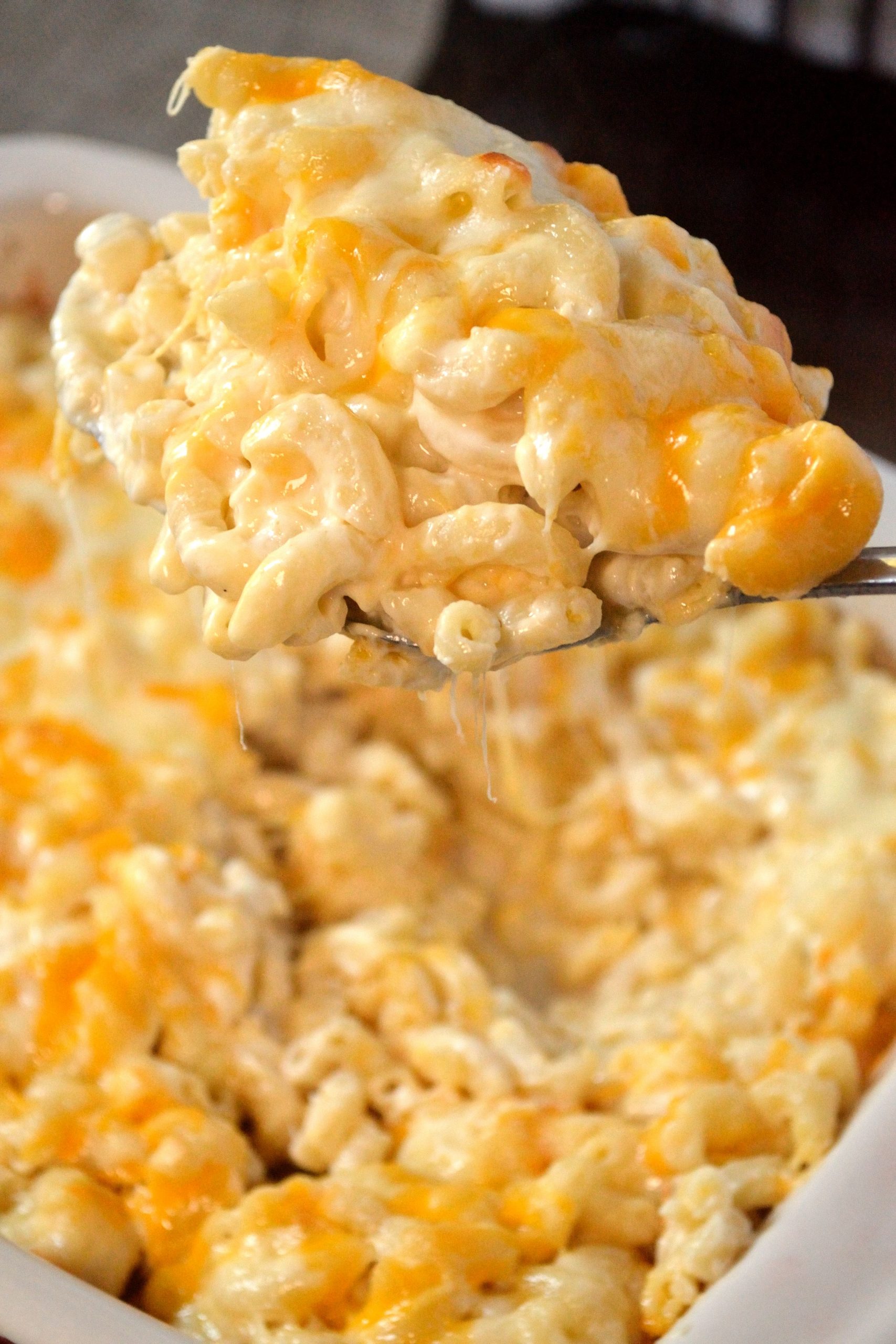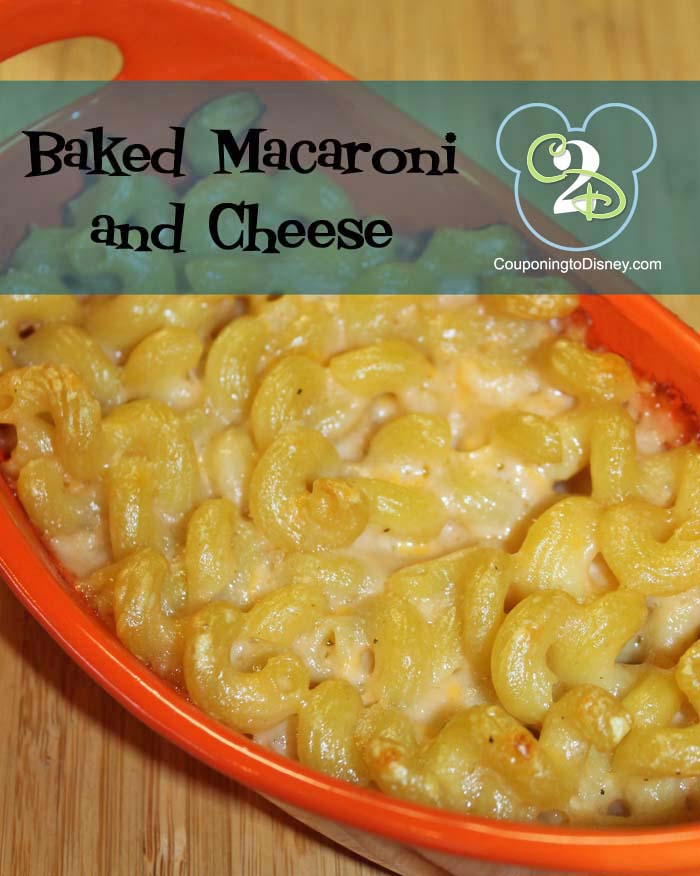

We are not certified nutritionists, and the nutritional information found on this site has not been assessed or authorized by a nutritionist or the FDA.
#Baked macaroni and cheese recipes with heavy cream mac#
As the mac and cheese sits in the pan, the pasta will continue to absorb the sauce and dry it out.Ĭalories: 594 (30%) | Carbohydrates: 55 g (18%) | Protein: 26 g (52%) | Fat: 30 g (46%) | Saturated Fat: 16 g (100%) | Polyunsaturated Fat: 2 g | Monounsaturated Fat: 9 g | Trans Fat: 0.2 g | Cholesterol: 76 mg (25%) | Sodium: 559 mg (24%) | Potassium: 368 mg (11%) | Fiber: 2 g (8%) | Sugar: 8 g (9%) | Vitamin A: 837 IU (17%) | Vitamin C: 0.3 mg | Calcium: 598 mg (60%) | Iron: 1 mg (6%)Įrren’s Kitchen is written and produced for informational intentions only. This dish is best served fresh from the oven.Just strain it through a fine sieve before moving on to the next step. If you get lumps in your sauce, all is not lost.When making the sauce, gradually add milk while whisking the sauce to make sure the flour is smoothly mixed in.This will add both flavor and creaminess to the sauce. Before draining the pasta, reserve a cup or two of the pasta water to loosen the cheese sauce if it gets too thick.

Use pasta that has a tube or crevice to hold the creamy, cheesy sauce.

You don’t want your pasta to be too soft. This is because the pasta will continue to cook in the homemade cheese sauce in the oven. Undercook your pasta – boil it a minute less than the time it would normally take to be al dente.Salt the water for your pasta well to ensure the pasta has the best possible flavor.The pre-shredded varieties are good for many things, but not macaroni & cheese! It has to be freshly grated so that melts properly. Using block cheese and shredding it yourself will give you the best result.Shred the sharp and mild cheddar cheeses. Lightly grease a large 9 x 13″ / 23 x 33cm dish baking dish and set aside. If mustard isn’t your thing, try adding a little horseradish powder or a splash of vinegar. If you don’t have mustard powder, you can use dijon mustard. Mustard Powder: This adds a subtle depth of flavor to the sauce. Grana Padano or Asiago cheese can also be used. If you don’t have any, you can use Pecorino Romano. Parmesan cheese: Parmesan cheese is in the topping and the sauce. If cheddar cheese isn’t your thing, you can substitute it with cheese that melts easily, such as Swiss, Monterey jack, Mozzarella, or Gouda. You could also use more of one or the other. Yellow or white cheddar are both suitable choices. Milk: Whole milk or evaporated milk will produce the creamiest sauce, but you can also use 2% or skim milk.Ĭheese: A mixture of sharp and mild cheddar cheese is used in this recipe. If you’re concerned about salt levels, stick to unsalted butter. Mac & Cheeseīutter: Salted butter can be used, but it will add extra salt to the recipe. You can also use chives or dried Italian seasoning. Parsely: The parsley is added to the topping to add freshness. My family says it’s the best part of the dish, but if you’re not a fan of garlic, you can omit it. Garlic: The garlic is added to the topping for extra flavor. If you need to substitute it, I recommend using melted butter instead of another type of oil. Oil: I use olive oil because it has a mild flavor that goes great with the garlic in the breading and the flavors in the sauce. For a gluten-free option, use gluten-free breadcrumbs.

Breadcrumbs: Panko breadcrumbs are used in this recipe, but you can also use regular breadcrumbs.


 0 kommentar(er)
0 kommentar(er)
